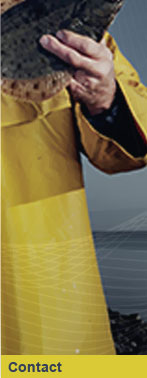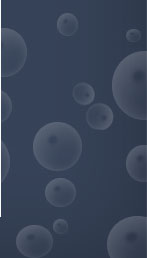‘One Man No Chop’ Beach seine fishing in Ghana (West Africa)
Marloes Kraan
Centre for Maritime Research and University of Amsterdam, the Netherlands
m.l.kraan@uva.nl
Abstract This photo essay describes one of the fishing techniques used in Ghana: the beach seine. Beach seining is ‘one of the most common fishing techniques used in peasant societies’ which could be found all over the world in the fifties and sixties (Alexander 1995:110) and has recently been studied for India (Hopewell 2004 and Southwold 2005). In Ghana this technique has been used since 1860 when it was introduced by Afedima, a female entrepreneur from Woe in the Volta Region (Akyeampong 2001:73). It is mainly used by the Anlo-Ewe, one of three ethnic groups active in marine fishing. She had close relations with European merchants (Greene 1996:74), through whom she obtained the net. The local name for the net is yevudor, which means ‘white man’s net’.
In addition to this photo essay, I have made a short film ‘If you do good’ which can be found on my website. It describes one fishing expedition of an Anlo-Ewe fishing company in Akosua Village. The Anlo-Ewes have lived in this village near Winneba for almost a hundred years, when the first net owner arrived and started fishing. The village is named after the wife of this first net owner. It is a small village (135 households) in which eleven fishing companies are active.
The other major techniques are hand lines or hook and line (mainly done by the Ga) and bottom set gillnets and purse seines (Fanti).

Centre for Maritime Research
Plantage Muidergracht 14-16
NL-1018 TV Amsterdam
Phone: +31 20 5254185
Fax: +31 20 5254051
Contact Form
